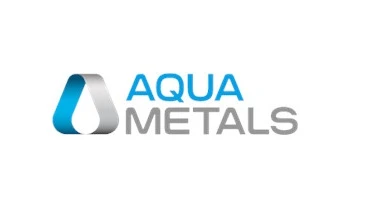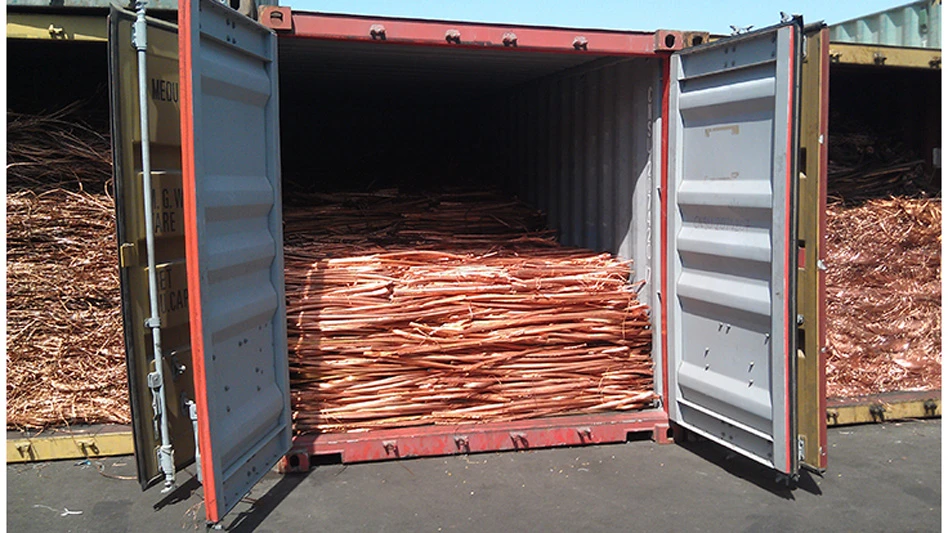Finding end markets for scrap tires has always been a key issue. Mountains of scrap tires still dot the countryside in some states. Recycling both these stockpiles and newly-generated tires maintains the need for new end markets for shredded, chipped and crumbed tires. According to published reports, scrap tires represent about 1.2 percent of the U.S. municipal waste stream, a fairly significant portion, and one that continues to see its end markets evolve.
Responding to the demands of scrap tire processors and consumers has driven equipment manufacturers to devise new types of equipment that can convert scrap tires into end products with improved quality.
SHIFTING END MARKETS. An issue confronting scrap tire processors is the fact that end markets continue to shift. From tire-derived fuel (TDF), ground cover at local landfills and mulch to uses in rubber-modified asphalt, some end markets are growing while others remain static or are in decline. While scrap tire processors are confronted with an array of end markets, a cleaner shred is almost always tantamount to marketability.
Normally, the used tire stream includes not only rubber, but also steel (from steel-belted tires) and fiberglass material, plus grit, dirt and other materials that become attached to the tires.
Tire recyclers and the consumers of their product streams welcome innovative sorting and shredding options that will make their finished products more effective and reduce their processing costs.
Michael Blumenthal, senior technical director for the Rubber Manufacturers Association, Washington, notes that several markets are deemed as growth areas for scrap tires. Blumenthal says that if the tires are shredded to a small enough level with an extremely high quality (removing roughly between 96 percent and 97 percent of the wire), there are good markets. For instance, when shredded into a coarse rubber, the tires are suitable for use in running tracks and playgrounds, among other uses.
While this market is a good growth area, this avenue also requires very clean shredded material. Blumenthal stresses that for this application the tire shreds cannot be just "very clean," rather he says the rubber needs to be absolutely void of steel, fiberglass or other contaminants.
The value of this grade of coarse rubber also is significantly higher than that of material for other end markets. However, Blumenthal notes that a host of opportunities are available for companies involved in shredding tires.
While the coarse rubber market is growing, it is not the only area that is showing good growth prospects. Jerry Swenson, president of Auburndale Recycling, a Wisconsin-based tire recycling operation, says that the market for tire-derived fuel (TDF) "is exploding."
The TDF market is benefiting from the uncertainty about fuel costs. "There are more industrial and commercial boilers that are looking for the TDF," Swenson says.
Bill Vincent, CEO of Colt Inc., a Louisiana-based tire shredding and recycling operation, also sees strong growth in the TDF market. "Before this year we did just civil engineering. When gas prices went up, we put in equipment to make TDF for other facilities."
While Colt has become more aggressive in the TDF market, the company also looks to diversify into new applications, such as mulch, tracks and other industries where cleanliness of the shred is essential. While recognizing that Colt will need to boost its processing operations to deliver a cleaner shred, Vincent says the company is looking to put in new equipment to attain the quality levels needed.
DIVERSIFICATION IS KEY. David Quarterson, senior director with Liberty Tire Service, a Pittsburgh-based tire recycling operation, agrees that the coarse rubber market, while smaller than civil engineering or TDF end markets, holds some of the best upside potential. However, reflecting the need to remain diverse, he adds that a company catering to this segment of the business would be busy between April and October, and then end up warehousing all the shredded tires during the late fall and winter months.
| Capitalizing on Steel Markets |
|
While a tire may consist of a combination of rubber, steel and fibrous material, the surge in ferrous scrap markets has resulted in more tire processors seeking to recover the steel portion. To take advantage of the upsurge in demand for ferrous scrap, more consumers are seeking out the possibility of devising a grade of ferrous scrap extracted from the tire shredding process. Reflecting this change in philosophy, the Institute of Scrap Recycling Industries (ISRI), Washington, recently put together a group to develop standards for steel generated from the tire shredding operation. Mark Rannie of Emanuel Tire, Baltimore—one of the people on the ISRI task force that is attempting to tackle the standards issue—says ISRI hopes to have the tire wire specifications available by the end of the year. While attention is turned toward the viability of treating the steel scrap extracted from the tire as a viable commodity, some tire recyclers are adding additional equipment that can further improve the marketability of their end products, whether they be steel or rubber. David Quarterson of Liberty Tire Service, Pittsburgh, says Liberty will be installing a briquetter this spring. When installed and operational, steel separated out through the tire shredder and rasper will then be sent to the briquetter. Once the process is complete, the company can then market the briquettes directly to steel mills. Rannie says Emanuel Tire is testing out the Liberator, a new piece of equipment from Columbus McKinnon Corp., Sarasota, Fla. "The Liberator does a good job of separating wire from the rubber," he says. Machines such as these have allowed some tire processors to go from paying to dispose of the steel, which was previously considered a waste product, to selling it as a commodity. In dollars, the difference for these tire processors has swung as much as $150 to $200 per ton, depending on market conditions.
|
Mark Rannie with Emanuel Tire, a tire recycling company headquartered in Baltimore, puts it more succinctly: "Companies that focus only on one segment of the business can’t succeed."
A key to success is being able to switch between products, depending on which market is strongest.
To accomplish this, a host of recyclers are looking at adding new equipment to provide additional flexibility. Several companies have built and are marketing equipment that, installed along with existing tire shredding equipment, provides a much cleaner end product.
One of the benefits now is the ability to separate the steel belt from the rubber. In addition to delivering a quality recovered rubber product to a consumer, the volume of steel that could be extracted and then marketed also creates an additional revenue stream for the tire processors. With ferrous markets at strong levels, despite the recent slippage, many recyclers find that adding another viable end market increases and enhances their bottom lines.
Rannie notes that historically the steel extracted from the tire shredding process was seen as a residual product and was viewed as an expense. However, steel is now being sold into the market. "This enables tire recyclers to be more profitable." (See sidebar below.)
Blumenthal notes that several new pieces of processing equipment are either available now or will be available soon.
Many of these units are added to a primary shredder that takes the whole tires to a much more manageable level.
Adding a second or third processing step can bring the shredded tire to a viable market. With these systems, a rougher shred can then be fed into a final shredder to deliver a shred that is anywhere between the 5/8-inch to the ½-inch level.
THE PYRAMID APPROACH. A current approach is to put together a tire shredding and handling operation that may incorporate a wider range of equipment, including several shredders, raspers and crackermills, as well as sort lines, magnets and other sorting types of equipment.
Crackermills are low-speed machines in which rubber is usually passed through two to three mills to achieve various particle size reductions and to further liberate the steel and fiber components. The crumb-rubber particles produced by the crackermills are typically long and narrow with a high surface area.
The new approach tire recyclers are taking, and the one promulgated by equipment companies, results in separate, clean end products: rubber and steel.
While the importance of clean end products is undeniable, the contamination level can vary depending on the end market. For playgrounds and tracks, the processed rubber needs to be greater than 99 percent free of steel. Anything less, one tire recycler notes, creates problems, not only for the particular tire shredding company, but for the industry in general. "You don’t want to see exposed cords," he says.
While developing markets is essential, run time also is key. Swenson says that with the company’s Grizzly shredders from Granutech Saturn Systems, Grand Prairie,Texas, Auburndale Recycling can produce seven different product lines in a single pass. The company can process about 2 million scrap tires each year.
Swenson also agrees that flexibility is a key to success in the tire recycling industry. "You have to allow yourself to change. You need flexibility to switch and accommodate, depending on what companies are buying the product."
With new types of equipment being designed and built, tire recyclers are making legitimate headway toward achieving higher quality levels while making consistent end products.
The author is senior and Internet editor for Recycling Today. He can be contacted at dsandoval@RecyclingToday.com.

Explore the May 2004 Issue
Check out more from this issue and find your next story to read.
Latest from Recycling Today
- APR, RecyClass release partnership progress report
- Clearpoint Recycling, Enviroo sign PET supply contract
- Invista expanding ISCC Plus certification program
- Redwood partnership targets recycling of medium-format batteries
- Enfinite forms Hazardous & Specialty Waste Management Council
- Combined DRS, EPR legislation introduced in Rhode Island
- Eureka Recycling starts up newly upgraded MRF
- Reconomy Close the Gap campaign highlights need for circularity





